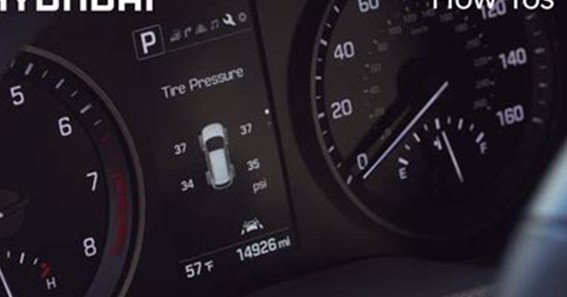Maintaining the correct Hyundai Santa Fe tire pressure is crucial for optimal performance, safety, and fuel efficiency. Incorrect tire pressure can lead to uneven tire wear, reduced traction, and increased risk of accidents.
Recommended Tire Pressure for Hyundai Santa Fe
The recommended tire pressure for the Hyundai Santa Fe varies slightly depending on the model year and trim. Generally, the ideal tire pressure is:
- Standard Models: 35 PSI (pounds per square inch)
- Santa Fe Sport: 34 PSI
- Older Models (e.g., 2008): 30 PSI
Always refer to the sticker located on the driver’s side door jamb or consult your owner’s manual for the exact specifications for your vehicle.
How to Check and Adjust Tire Pressure
- Use a Reliable Tire Pressure Gauge: Digital or analog gauges can provide accurate readings.
- Check When Tires Are Cold: Measure tire pressure before driving or after the vehicle has been parked for at least three hours.
- Adjust as Necessary: If the pressure is below the recommended level, add air until it reaches the specified PSI. If it’s above, release air to achieve the correct pressure.
- Regular Monitoring: Check tire pressure at least once a month and before long trips.
Tire Pressure Monitoring System (TPMS)
The Hyundai Santa Fe is equipped with a TPMS that alerts drivers when tire pressure is significantly low. If the TPMS warning light illuminates:
- Check All Tires: Inspect each tire’s pressure and adjust as needed.
- Resetting the TPMS: After correcting the tire pressures, the TPMS light should turn off after driving a short distance. If it remains on, consult your owner’s manual or a professional mechanic.
Seasonal Considerations
Temperature fluctuations can affect tire pressure. For every 10°F drop in temperature, tire pressure can decrease by about 1-2 PSI. During colder months, it’s essential to check and adjust tire pressure more frequently to maintain optimal levels.
Tips for Maintaining Proper Tire Pressure
- Regular Inspections: In addition to monthly checks, inspect tires for signs of wear or damage.
- Avoid Overinflation: Excessive pressure can lead to reduced traction and uneven tire wear.
- Use Quality Air Sources: Ensure the air pump used provides accurate pressure readings.
- Consult Professionals: If unsure about tire pressure levels or TPMS issues, seek assistance from certified technicians.
FAQ
Q1: What is the recommended tire pressure for a 2021 Hyundai Santa Fe?
A1: The recommended tire pressure for a 2021 Hyundai Santa Fe is 35 PSI.
Q2: How often should I check my Hyundai Santa Fe’s tire pressure?
A2: It’s advisable to check tire pressure at least once a month and before long journeys.
Q3: What should I do if the TPMS light stays on after adjusting tire pressure?
A3: If the TPMS light remains illuminated after correcting tire pressures, consult your owner’s manual for reset procedures or visit a professional mechanic.
Q4: Can I use a different tire pressure for better fuel efficiency?
A4: While slightly higher pressures can reduce rolling resistance, it’s essential not to exceed the manufacturer’s recommended PSI to ensure safety and optimal tire wear.
Q5: Does tire pressure affect vehicle handling?
A5: Yes, incorrect tire pressure can impact handling, braking, and overall vehicle stability.
Maintaining the correct Hyundai Santa Fe tire pressure is vital for ensuring safety, optimal performance, and prolonging tire life. Regular checks and adjustments, especially during seasonal changes, can lead to a smoother and more efficient driving experience.










